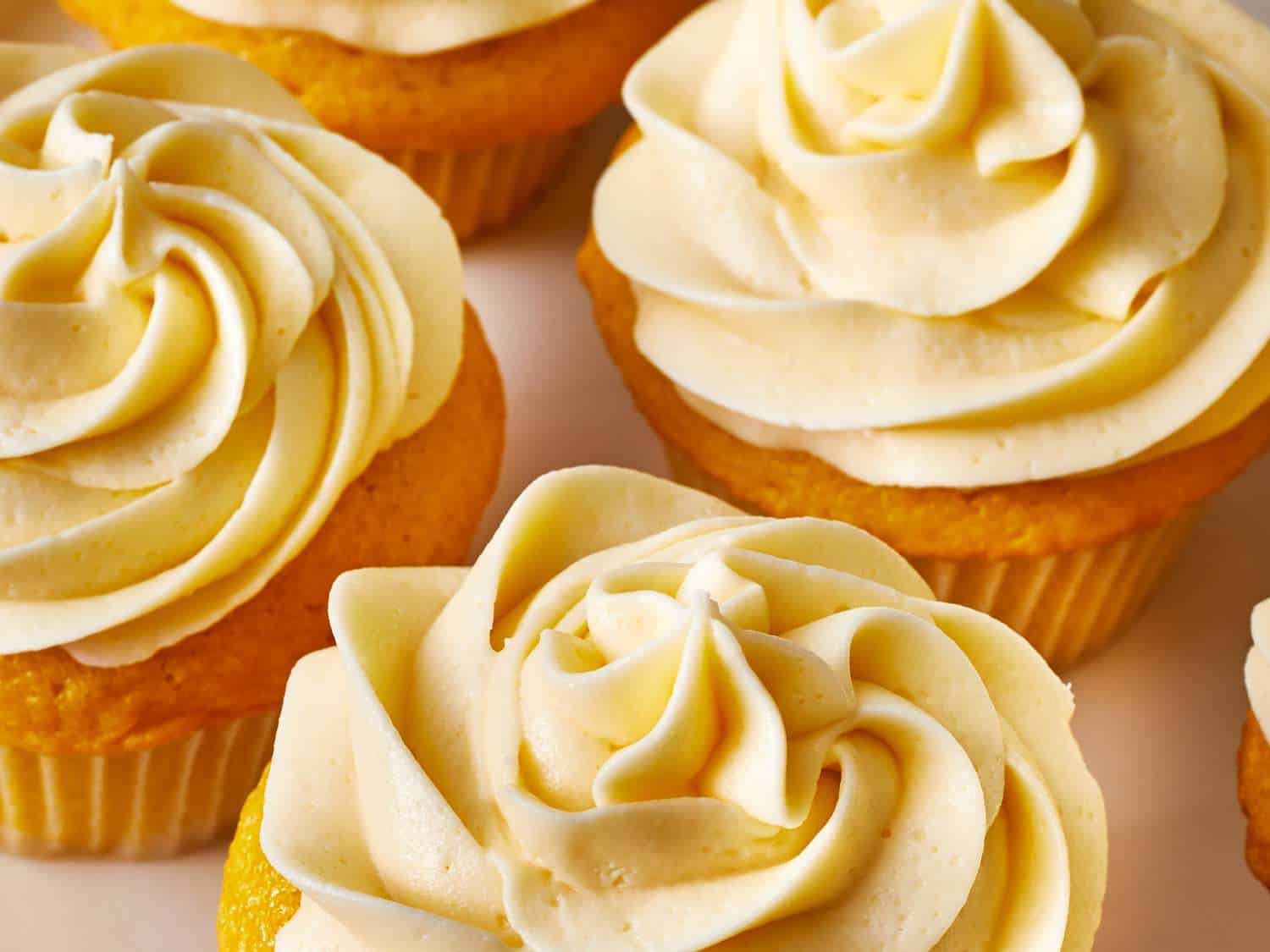Spread the Love with Homemade Buttercream Icing
Welcome, all wonderful parents and baking enthusiasts! If you’re looking to up your cake-decorating game and bring smiles to your little ones’ faces, you’ve come to the right place. Buttercream icing is the fluffy, sweet, and utterly delectable topping that’s the cherry on top of any cake—or should we say, the buttercream on top!
Whether you’re a baking beginner or a frosting connoisseur, this guide is your go-to resource for mastering buttercream icing. Perfect for birthdays, school events, or just a fun weekend activity with the kids, homemade buttercream icing is a versatile tool you’ll want in your culinary arsenal.
A Sweet Introduction to Buttercream
Before we dive into the delightful world of buttercream, let’s take a moment to understand what it is. Buttercream icing, at its most basic, is a mixture of butter, confectioners’ sugar, a touch of liquid (usually milk or cream), and occasionally, flavorings like vanilla extract. The ratios and types of these ingredients can vary to create different consistencies and flavors. The result? A creamy, spreadable, and delectable delight that elevates any cake or cupcake.
Types of Buttercream Icing
Did you know there’s more than one type of buttercream? That’s right, there’s a range to choose from, depending on your taste and the look you’re going for:
- American Buttercream: Easy-peasy and oh-so-creamy! This is the most common type of buttercream—it’s simple to make and even simpler to enjoy.
- Swiss Meringue Buttercream: Light and silky, this buttercream is made by heating egg whites and sugar, then whipping them into a meringue before adding butter.
- Italian Meringue Buttercream: This is similar to Swiss, but with a sugar syrup that’s heated to soft-ball stage before being added to the whipped egg whites.
- French Buttercream: This custard-based buttercream is extra rich, using egg yolks for a delightful decadence.
Ingredients You’ll Need
Ready to get started? Here’s what you’ll need for a basic American buttercream:
- Unsalted butter, softened
- Confectioners’ sugar, sifted
- Milk or heavy cream
- Pure vanilla extract (or another flavoring of your choice)
- Salt (to balance the sweetness)
This recipe is incredibly forgiving and offers a sweet canvas for experimentation. Don’t be afraid to play with different extracts and zest to find your family’s favorite combination!
The Perfect Buttercream: Getting the Consistency Right
The secret to perfect buttercream is in the consistency. It needs to be stiff enough to hold its shape, yet creamy enough to spread without pulling the cake crumbs. Achieving this balance can seem like magic, but it’s really just a matter of understanding the texture you’re aiming for:
- Stiff buttercream is great for piping flowers or creating structures that need to hold their form.
- Medium consistency is your all-rounder, ideal for piping borders and details.
- Thin consistency is best for a smooth finish over the entire cake.
Step by Step: Whipping Up Your Buttercream
Are you ready to whip up a batch of the most scrumptious icing you’ve ever tasted? Stay tuned for the foolproof steps we’ll take to ensure your buttercream is a success. Each turn of the whisk will bring you closer to that perfect spreadable, pipeable goodness that will transform your home baking into the talk of the town (or at least the talk of your kid’s next slumber party).
We’ll be covering mixing techniques, how to troubleshoot common issues like curdling or graininess, and of course, the best way to color and flavor your creations to delight and impress. So grab your apron, your mixer, and that can-do attitude, because we’re about to embark on a delightful journey into the world of buttercream icing. Stay tuned for the step-by-step breakdown in the next section, where we’ll turn that buttery, sugary dream into a reality!

5 Things Parents Should Know in Preparing Buttercream Icing
Before rolling up your sleeves and getting covered in a dusting of confectioners’ sugar, let’s zero in on some important tips for the ultimate buttercream success:
1. The Butter Matters
Quality butter means quality buttercream. Opt for unsalted butter to control the sweetness and ensure your icing tastes divine. It’s best to let it soften at room temperature to achieve a smooth and malleable consistency. Remember, too soft and your buttercream will be runny; too hard and it will be difficult to mix.
2. Sifting Makes a Difference
Lumpy buttercream can ruin the look and feel of your frosting, so sift your confectioners’ sugar to get rid of those pesky clumps. This also aerates the sugar, making your buttercream fluffier. Consider sifting your sugar twice if it’s particularly clumpy. It’s an extra step, but it’s oh-so-worth it!
3. Patience Pays Off
This isn’t an adventure to rush through—good buttercream takes time. When mixing your ingredients, start on a low speed to incorporate the sugar gradually before turning up the power. This careful pacing prevents sugar clouds and ensures a silky smooth texture.
4. Consistency is Key
Adjust the thickness of your icing with milk or heavy cream but do it one teaspoon at a time. You can’t un-pour liquid, so add it slowly until you reach the desired consistency. For stiffer icing, add more sifted confectioners’ sugar.
5. Practice Makes Perfect
The first batch may not be flawless, and that’s okay! Practice piping on parchment paper or a baking sheet first. If it doesn’t turn out as expected, scoop that icing right back into the bowl and keep perfecting your technique.
Buttercream Basics: The Process
Now that you’re armed with the essentials, let’s proceed to the enchanting process of making buttercream. We’ll break down the steps for creating a simple yet sensational American buttercream that will have everyone begging for the recipe.
Step 1: Start with your softened unsalted butter, beating it on medium speed until it turns pale and fluffy, which usually takes about 3-5 minutes.
Step 2: Gradually add your sifted confectioners’ sugar, starting on low speed to avoid a sugar snowstorm. Once the sugar is mostly incorporated, increase the speed to medium, continuing to mix until fully combined.
Step 3: Pour in your vanilla extract for that classic buttercream flavor, or mix it up with other extracts like almond or peppermint.
Step 4: Thin your buttercream to the perfect consistency by adding milk or heavy cream, one teaspoon at a time, until it’s just right. If you need to stiffen it up, more sifted sugar is your friend.
Step 5: Give your icing a final whip on high speed for 2-3 minutes, aerating it for that irresistible lightness that makes buttercream such a delight.
And you’re done! Whether you’re spreading it thick on a moist chocolate cake, piping delicate rosettes on a vanilla cupcake tower, or layering it into a rainbow of colors for a unicorn-themed birthday bash, your homemade buttercream is sure to be the highlight of your culinary creations.
Don’t forget, for extra flair, you can add a pinch of food coloring to get just the shade you desire. Starting with just a dab, blend it thoroughly into your icing for a uniform color. With these techniques and a splash of creativity, your buttercream will be the belle of the ball—or at least the best-smelling guest at the bake sale!
Remember, the perfect buttercream is within reach. With each delightful dollop and each playful piping, you will gain the finesse of a skilled cake artist. Your kids might not notice the technical skills it took, but their wide grins will let you know: you’re the best parent-chef in town! Now, it’s time to gather those giggling helpers, set out the sprinkles, and start a frosting adventure that the whole family will treasure. Happy baking!
See more great Things to Do with Kids in New Zealand here. For more information see here
Disclaimer
The articles available via our website provide general information only and we strongly urge readers to exercise caution and conduct their own thorough research and fact-checking. The information presented should not be taken as absolute truth, and, to the maximum extent permitted by law, we will not be held liable for any inaccuracies or errors in the content. It is essential for individuals to independently verify and validate the information before making any decisions or taking any actions based on the articles.




